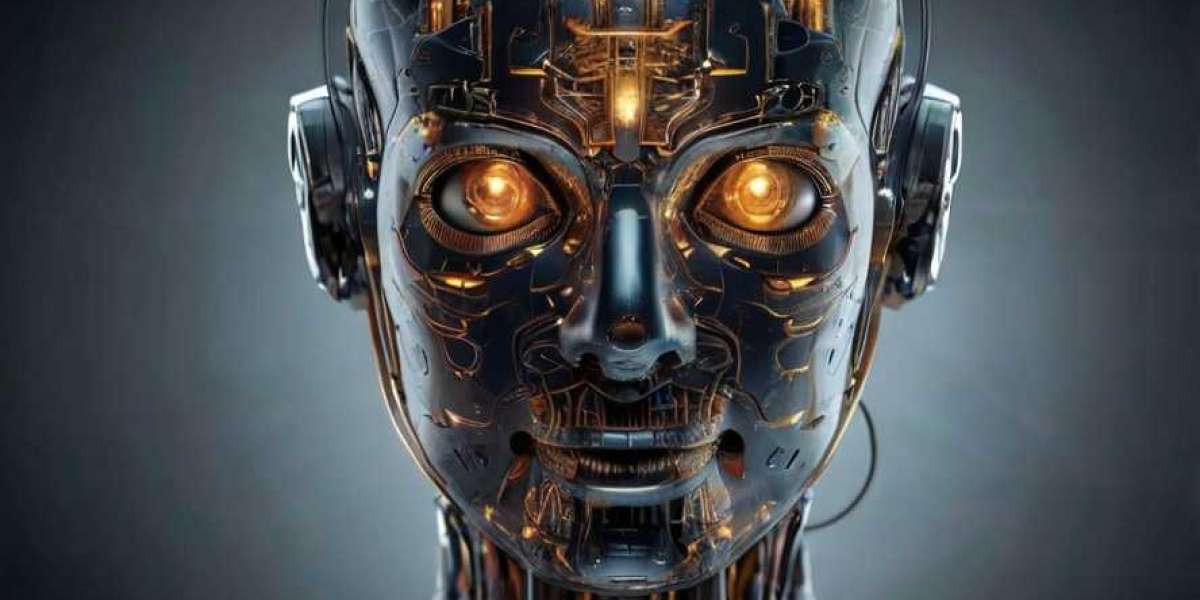In today’s highly competitive manufacturing industry, precision and complexity are essential. Whether producing intricate aerospace parts or custom medical devices, advanced machining capabilities are crucial. One technology that stands out in this landscape is the what is a 5 axis cnc machine. Understanding this advanced system can help engineers, designers, and manufacturers fully leverage its capabilities.
What Is a 5 Axis CNC Machine?
A 5-axis CNC machine is a type of computer-controlled manufacturing equipment that can move a cutting tool or part in five different axes simultaneously. While traditional 3-axis machines move the tool along the X, Y, and Z axes, 5-axis machines add two more rotational axes—commonly referred to as A and B or B and C. This allows for much greater flexibility and precision when working on complex parts.
How It Differs From 3-Axis and 4-Axis Machines
A quick comparison helps highlight the value of 5-axis machining:
3-Axis Machines: Move the tool head along three linear directions—X (left-right), Y (front-back), and Z (up-down). They are limited in ability to handle complex contours or undercuts.
4-Axis Machines: Add rotation around one axis, usually the X-axis. This allows for cutting along multiple sides without manual repositioning.
5-Axis Machines: Provide two additional rotational movements, making it possible to approach a part from virtually any direction without needing to re-clamp or reset the workpiece.
The increased mobility makes 5-axis machines ideal for producing geometrically complex and high-precision components in a single setup.
How 5 Axis CNC Machines Work
The control system of a 5-axis CNC machine uses advanced software to simultaneously coordinate all five axes during the machining process. Here’s a breakdown of the five axes:
X-axis: Left to right movement
Y-axis: Front to back movement
Z-axis: Up and down movement
A-axis: Rotational movement around the X-axis
B-axis: Rotational movement around the Y-axis (or sometimes C-axis around the Z-axis)
By enabling rotation and translation at the same time, the tool can maintain optimal orientation to the part surface. This improves surface finish, reduces cycle time, and eliminates multiple setups.
Components of a 5 Axis CNC Machine
A typical 5-axis CNC machine consists of the following key components:
Spindle: Holds and rotates the cutting tool.
Rotary Tables: Enable the tilting and rotating movements of the part.
Linear Guideways: Support precise straight-line movements.
Control Software: Translates CAD/CAM models into machine instructions.
Tool Changer: Automatically switches between tools during the operation.
These components work in harmony to execute extremely precise and complex machining tasks.
Benefits of Using 5 Axis CNC Machines
1. Reduced Setup Time
Because the machine can reach multiple sides of a part without repositioning, setup time is drastically reduced.
2. Improved Accuracy
With fewer setups, the chance of human error goes down, resulting in more consistent and precise components.
3. Complex Geometry
5-axis machining makes it possible to create shapes and contours that would be impossible or inefficient with traditional methods.
4. Better Surface Finishes
Maintaining optimal cutting angles reduces tool marks and improves surface quality.
5. Increased Tool Life
Tool orientation can be adjusted to keep it in the best position, minimizing wear.
Common Applications
Aerospace Industry
5-axis CNC machines are vital for manufacturing turbine blades, aircraft structural components, and engine parts that require high precision and complex geometry.
Medical Industry
Prosthetics, implants, and surgical tools often feature organic shapes and tight tolerances that can only be achieved with 5-axis technology.
Automotive
Engine parts, molds, and chassis components benefit from the flexibility and precision of 5-axis machines.
Defense and Military
Used to manufacture specialized equipment with enhanced mechanical properties and intricate designs.
Mold and Die Making
Detailed, high-precision dies require tool access from multiple angles, something 5-axis machines excel at.
Challenges and Limitations
Despite their advantages, 5-axis CNC machines also come with challenges:
High Cost: The equipment and software required are expensive, making the upfront investment significant.
Complex Programming: Requires skilled programmers and advanced CAM software.
Maintenance and Calibration: More axes mean more moving parts, leading to more frequent maintenance.
Learning Curve: Operators need advanced training to utilize the full capability of these machines.
These barriers are often outweighed by the long-term benefits, especially in high-precision, high-volume production environments.
Who Should Use a 5 Axis CNC Machine?
Not every manufacturing operation needs 5-axis capability. However, if your production involves:
Complex 3D geometry
High-precision requirements
Frequent design changes
Material savings and reduced cycle time
Reduced post-processing
Then a 5-axis CNC machine is likely a worthwhile investment. Industries that must deliver parts with high accuracy, shorter lead times, and efficient material usage benefit the most.
Final Thoughts
The evolution of CNC technology has revolutionized modern manufacturing, and 5-axis CNC machines stand at the forefront of this progress. Their ability to process complex parts in a single setup increases accuracy, reduces production time, and opens doors to new design possibilities. While they come with higher costs and operational demands, the payoff in quality, speed, and efficiency makes them indispensable for high-end industries.
Understanding what is a 5 axis cnc machine is the first step toward recognizing how advanced automation is shaping the future of precision engineering. For companies that demand speed, accuracy, and versatility, adopting this technology could be the competitive edge they need.



